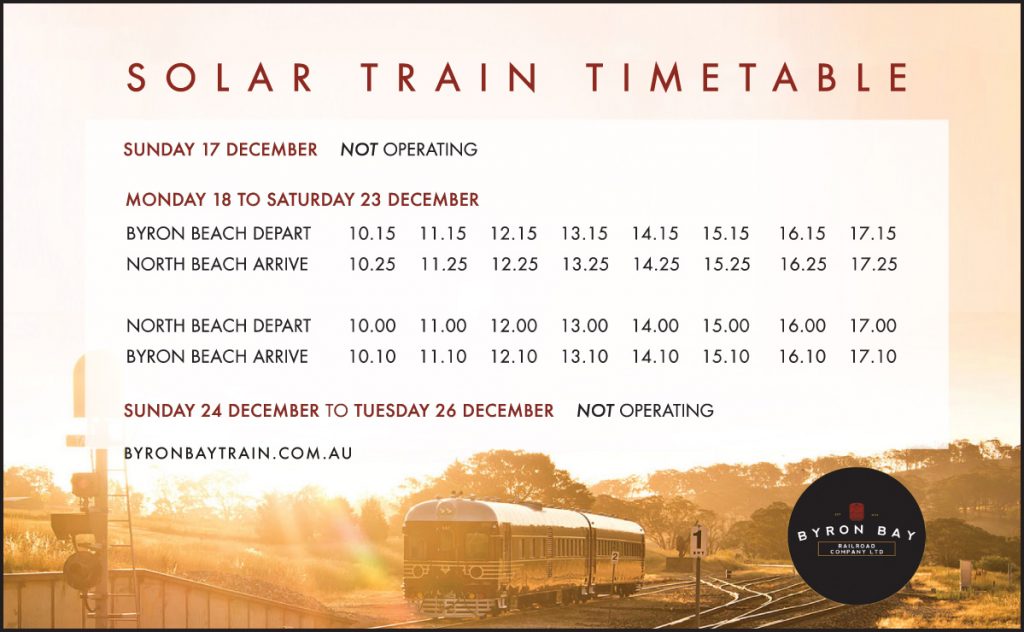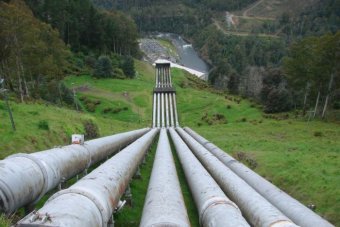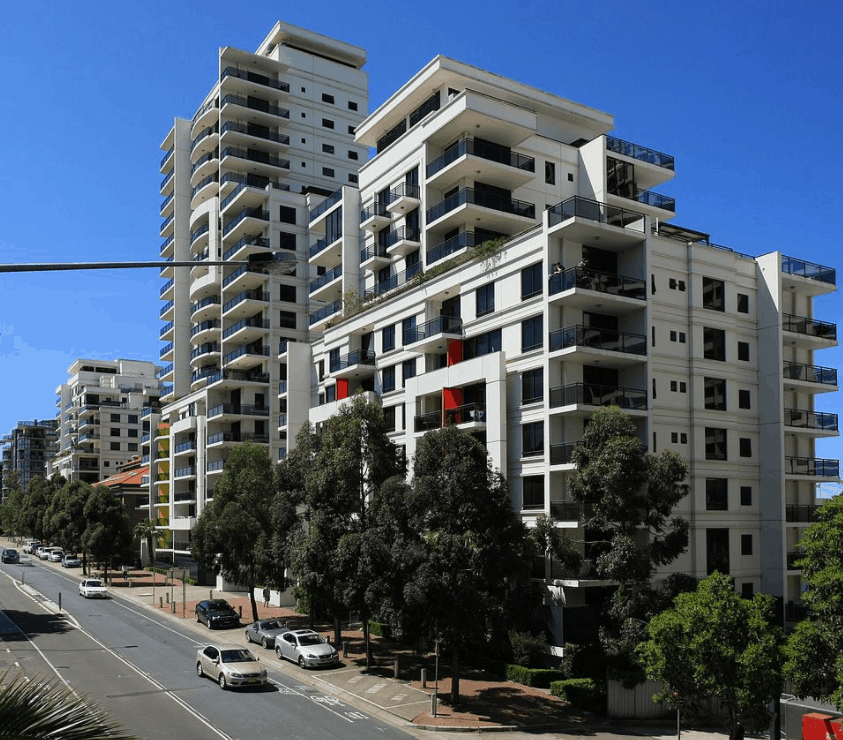The Byron Bay Solar Train we wrote about back in October has taken its maiden voyage on the three kilometre stretch of unused rail line it calls home.
Byron Bay Solar Train
The maiden trip was made last Friday with around 100 passengers (the train has a max capacity of 100 seated passengers but there is a little extra space for those who don’t mind standing) on board, and proud owner Brian Flannery discussed the train and its potential impact on tourism to ABC.
“Hopefully it attracts people to Byron Bay,” Mr Flannery said.
“I think international tourists will come here to have a look at this world’s first solar train.
“So let’s see, in five years’ time they’ll probably still say I’m mad, but it’s a bit of fun.”
The train was created in conjunction with Tim Elderton from the Lithgow Railway Workshop who installed the curved solar panels (including 30 kilowatts of solar panels on the roof of the train station) and battery system to power the train. Elderton said that on a sunny day they’re able to to make ‘four or five trips before we have to plug it in’.
The train runs on a track between Casino and Murwillumbah which was closed by the New South Wales Government in 2004 due to low numbers. Despite this, Jeremy Holmes from the Byron Bay Railroad Company thought that this novel concept could be embraced by the residents, saying that “I think everyone knows that Byron’s very conscious about anything to do with the environment,”
If you’ve been looking for the Byron Bay Solar Train’s timetable, they’ve provided a graphic below which shows the dates and times it will operate until January 2018, when full service will commence.
If you’ve got any queries then you can contact the company on the phone via 02 8123 2130 or email them by clicking here!





